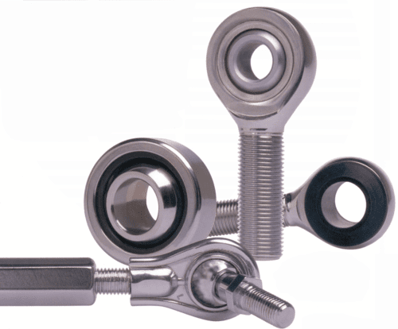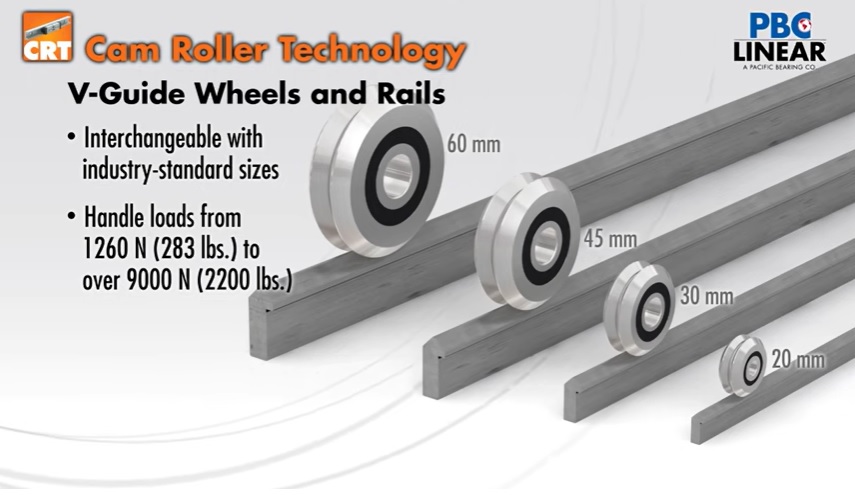Emerson Bearing recently delivered this great back to basics blog on rod ends. Emerson Bearing and Action Bearing serve the bearing needs of international and domestic customers. The team at Emerson Bearing caters to global niche markets, while the team at Action Bearing, specializes in solutions for the OEM and MRO markets in New England.
Rod ends consist of an eye-shaped head with an integral shank that serves as housing for a spherical plain bearing, or bushing. They are utilized in linkage applications where a bearing must support a significant misalignment. Rod ends are typically used in the automotive and aerospace industries, but they are also present in a wide range of industrial machinery.
In addition to providing high-quality rod ends, Emerson Bearing also serves the bearing requirements of global and domestic clients. At Emerson Bearing, we are aware that every customer has different needs when it comes to bearings, rod ends and spherical bushings. Whatever type of project you're working on, our experts can assist you in locating the ideal solution.
A rod end is a joint that allows for some rotational freedom about all three axes while maintaining a fixed point of contact between two parts. Rod ends are used to join the ends of steering links, control rods, and other mechanically controlled tie rods. Since the center of rotation of a rod end is on the axis of both connected shafts, it offers reliable point-to-point contact.
Many advanced industrial systems require high-precision articulation joints as essential components. These joints are used in a variety of applications, including robotic arms, textile equipment, and automobile steering linkages, among others. These joints are perfect for circumstances where rotary motion necessitates changes in the rotation axis because they have the capacity to accommodate any kind of misalignment. Since joint systems are utilized worldwide, the rod ends used in them come in metric and inch styles.
Learn more here:
https://blog.emersonbearing.com/blog/what-are-rod-ends-and-how-are-they-used






